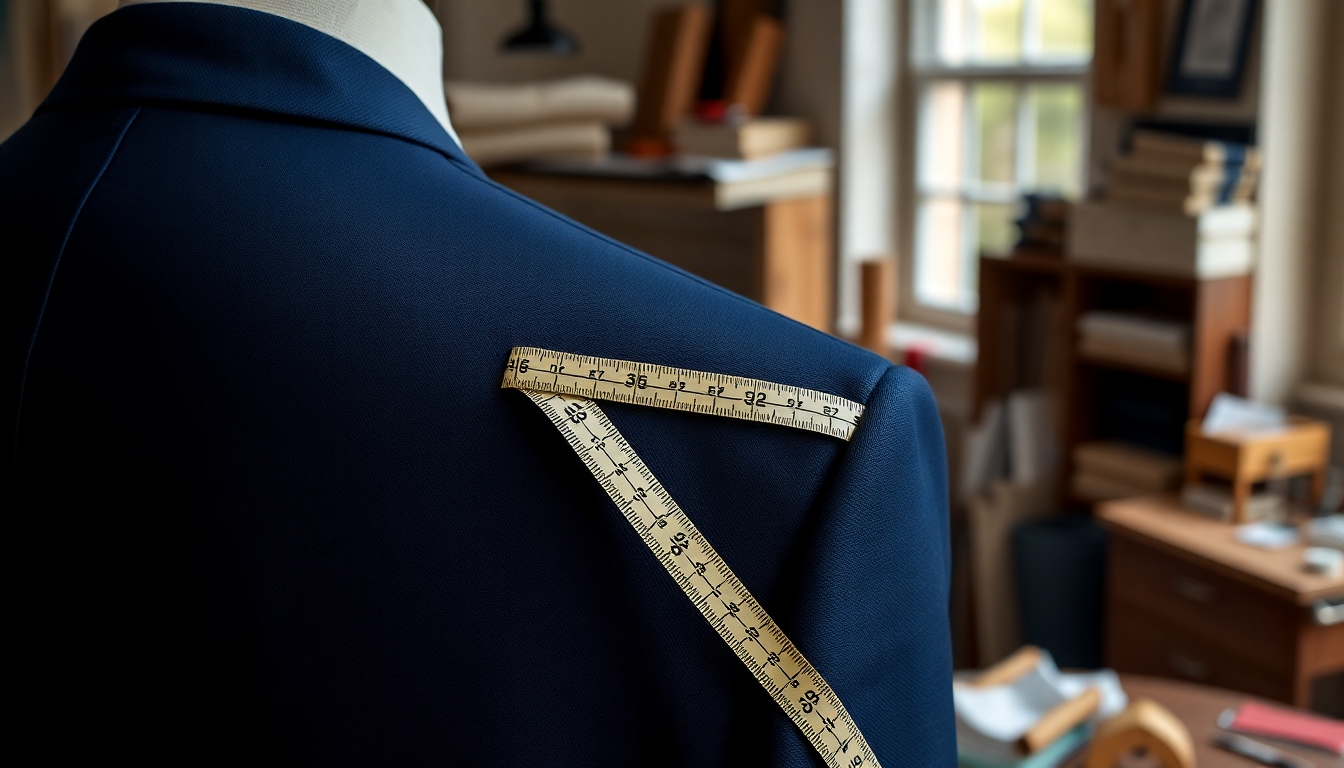Your wedding day is a momentous occasion, and as the groom, you want to look your absolute best. Choosing the right attire is crucial for creating lasting memories and setting the tone for your celebration.
This guide will help you navigate the world of wedding fashion, from classic tuxedos to more casual options. We’ll cover everything you need to know to make informed decisions about your wedding day look.
Whether you’re planning a black-tie affair or a relaxed beach ceremony, we’ve got you covered with tips, examples, and expert advice to ensure you look sharp and feel confident on your big day.
Understanding Wedding Dress Codes
Before diving into specific attire options, it’s essential to understand common wedding dress codes. These guidelines will help you choose appropriate attire for your event:
- White Tie: The most formal dress code, requiring a black tailcoat, white shirt, and white bow tie
- Black Tie: Formal attire, typically a tuxedo with a black bow tie
- Black Tie Optional: Tuxedo or a dark suit with a tie
- Cocktail: A suit and tie, less formal than black tie
- Semi-Formal: A suit in any color, with or without a tie
- Casual: Dress pants and a button-down shirt, no jacket required
Consider your venue, time of day, and personal style when selecting a dress code for your wedding.
Tuxedo vs. Suit: Making the Right Choice
The decision between a tuxedo and a suit is one of the most significant choices you’ll make regarding your wedding attire. Here’s a breakdown of each option:
Tuxedo:
- More formal and traditional
- Features satin lapels, buttons, and side striping on trousers
- Typically worn with a bow tie and patent leather shoes
Suit:
- More versatile and can be dressed up or down
- Comes in a wider range of colors and fabrics
- Can be worn with a necktie or bow tie
Consider your wedding style, venue, and personal preferences when making this decision.
Selecting the Perfect Color and Fabric
The color and fabric of your wedding attire can significantly impact your overall look. Some popular options include:
- Classic Black: Timeless and sophisticated, suitable for formal weddings
- Navy Blue: A modern alternative to black, versatile for various settings
- Grey: Elegant and adaptable, available in light to dark shades
- Tan or Beige: Ideal for outdoor or destination weddings
Consider the season, time of day, and your wedding colors when selecting your attire’s hue. For fabrics, options like wool, cotton, and linen offer different levels of formality and comfort.
Accessorizing Your Look
The right accessories can elevate your wedding day attire. Consider these options:
- Tie or Bow Tie: Choose based on formality and personal preference
- Pocket Square: Add a pop of color or pattern to your jacket
- Cufflinks: A subtle way to add personality or sentimental value
- Watch: A classic accessory that’s both functional and stylish
- Boutonniere: Coordinate with your wedding flowers for a cohesive look
Remember to keep accessories balanced and complementary to your overall outfit.
Coordinating with Groomsmen
Creating a cohesive look for your wedding party is essential. Consider these approaches:
- Matching Suits: Everyone wears the same suit for a uniform look
- Complementary Colors: Choose different shades within the same color family
- Mix and Match: Allow groomsmen to choose their own suits within guidelines
Ensure the groomsmen’s attire complements yours without overshadowing it. Coordinating accessories like ties or pocket squares can tie the look together.
Fitting and Alterations
A well-fitted suit or tuxedo can make all the difference in your appearance. Follow these tips for the perfect fit:
- Schedule fittings well in advance of the wedding
- Bring the shoes you’ll wear on the day to ensure proper pant length
- Consider your posture and movement when assessing fit
- Allow time for multiple fittings if necessary
Professional alterations can address issues like sleeve length, waist suppression, and trouser tapering, ensuring your attire looks tailored to perfection.
Dressing for Different Wedding Styles
Adapt your attire to suit your wedding’s unique style:
Beach Wedding:
- Lightweight fabrics like linen or cotton
- Lighter colors such as tan, light grey, or pale blue
- Consider going sockless with loafers or dress sandals
Rustic or Barn Wedding:
- Tweed or textured fabrics
- Earth tones or muted colors
- Incorporate rustic elements like suspenders or a vest
Modern City Wedding:
- Sleek, slim-fit suits or tuxedos
- Monochromatic color schemes
- Minimalist accessories
Grooming Tips for the Big Day
Complete your polished look with proper grooming:
- Schedule a haircut a week before the wedding
- Consider a professional shave or beard trim
- Moisturize your skin and use lip balm
- Trim and clean your nails
- Use a light, fresh cologne
Final Preparations
As the wedding day approaches:
- Try on your complete outfit, including accessories
- Break in new shoes to avoid discomfort
- Pack an emergency kit with items like a stain remover pen and extra buttons
- Arrange for steaming or pressing of your attire
Conclusion
Choosing the perfect wedding attire is an important part of your special day. By considering factors like dress code, personal style, and wedding theme, you can select an outfit that makes you look and feel your best. Remember to start the process early, seek professional advice when needed, and coordinate with your partner and wedding party for a cohesive look. With careful planning and attention to detail, you’ll be ready to confidently walk down the aisle in style.
